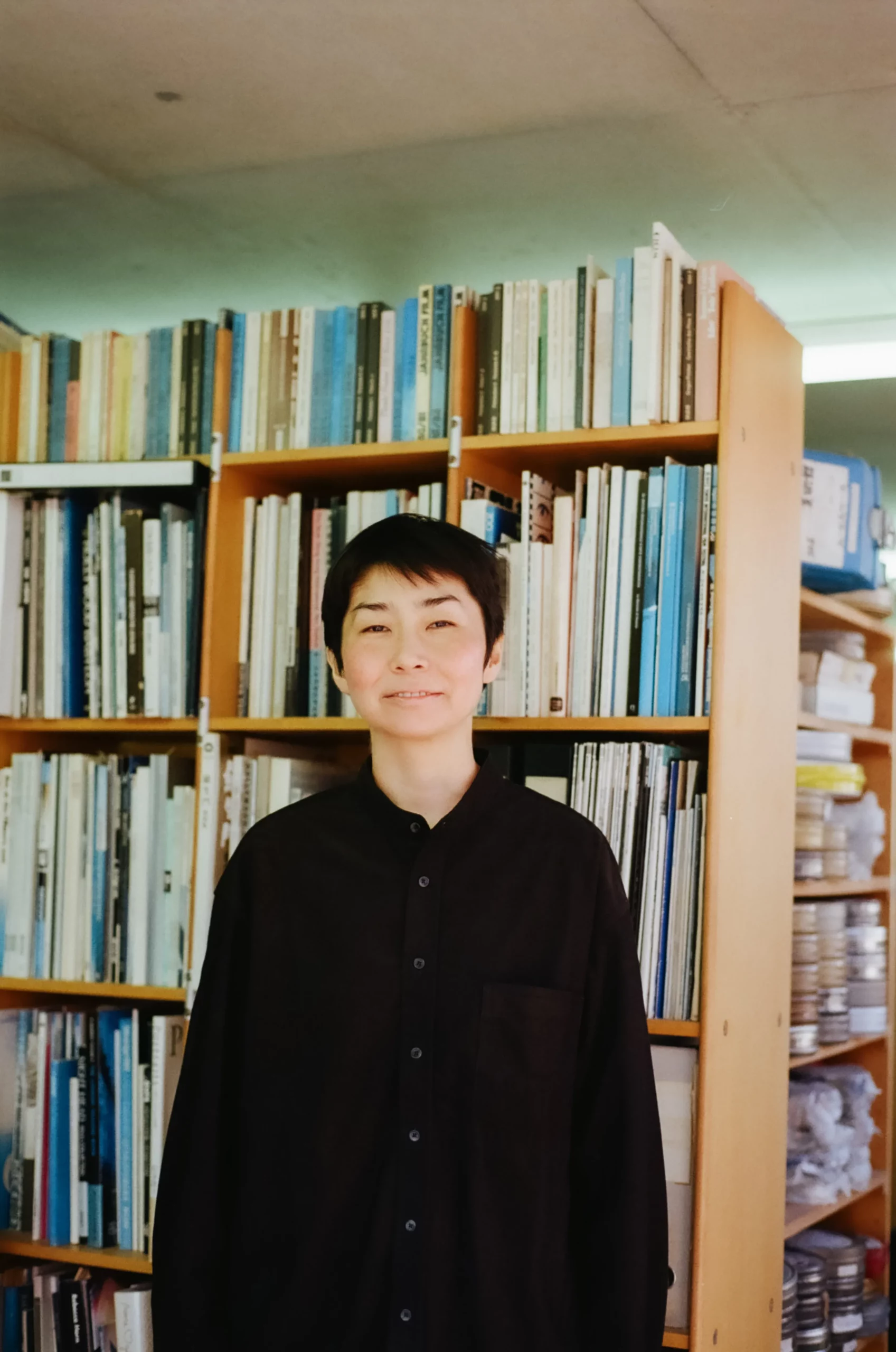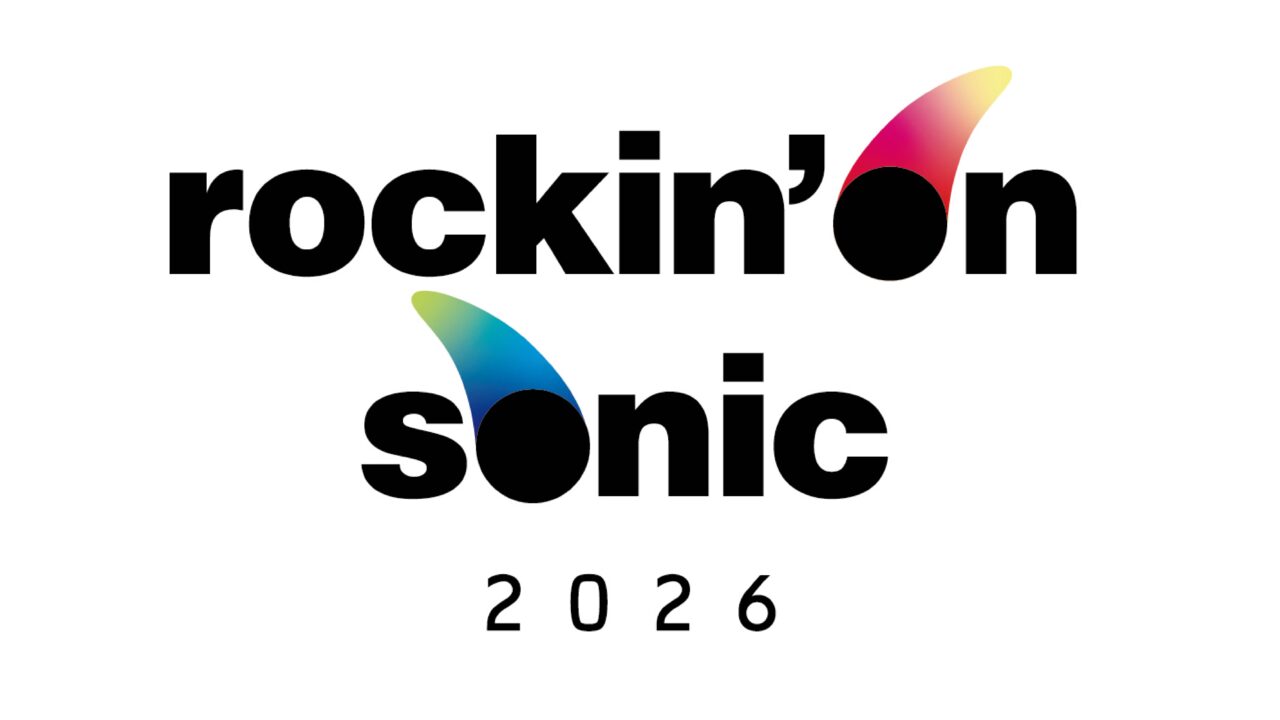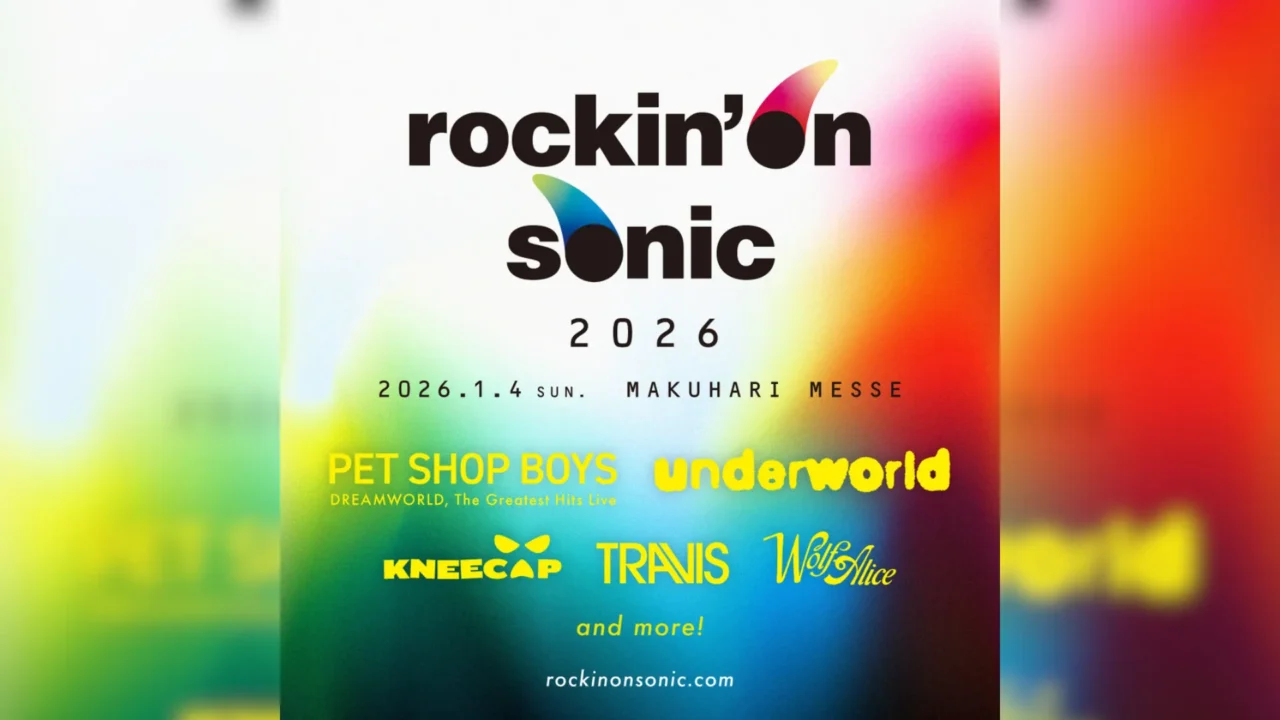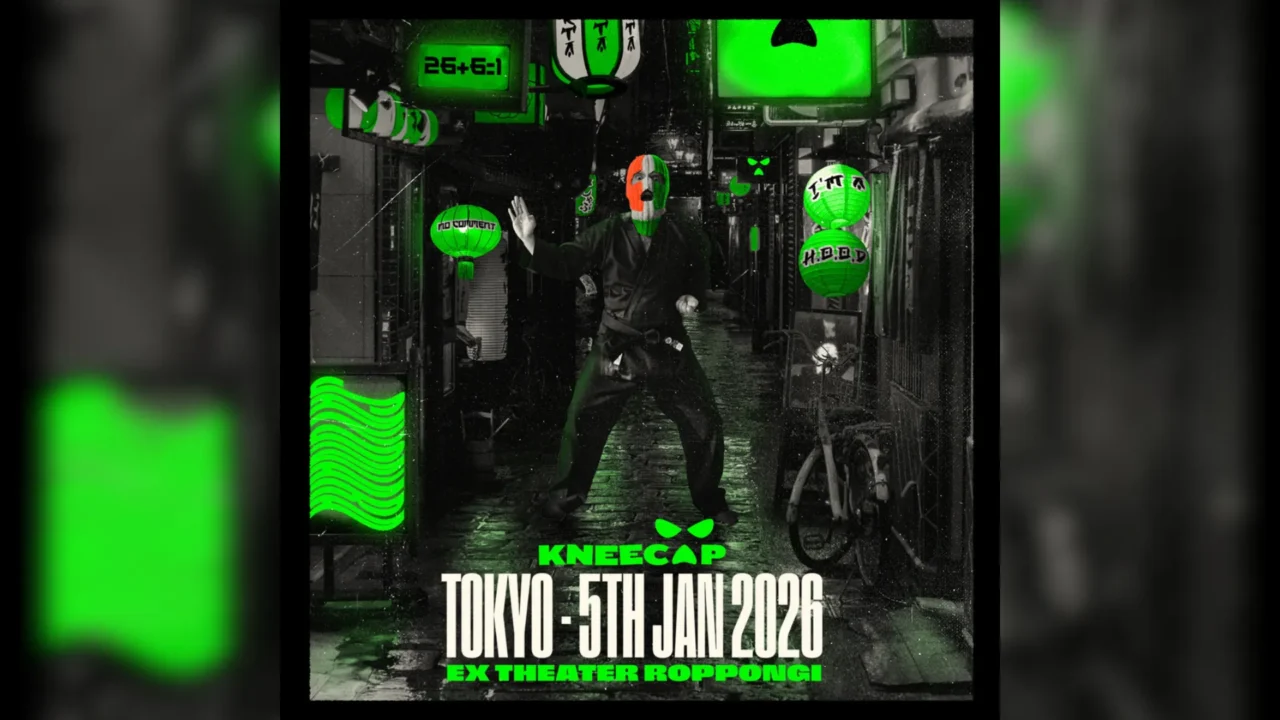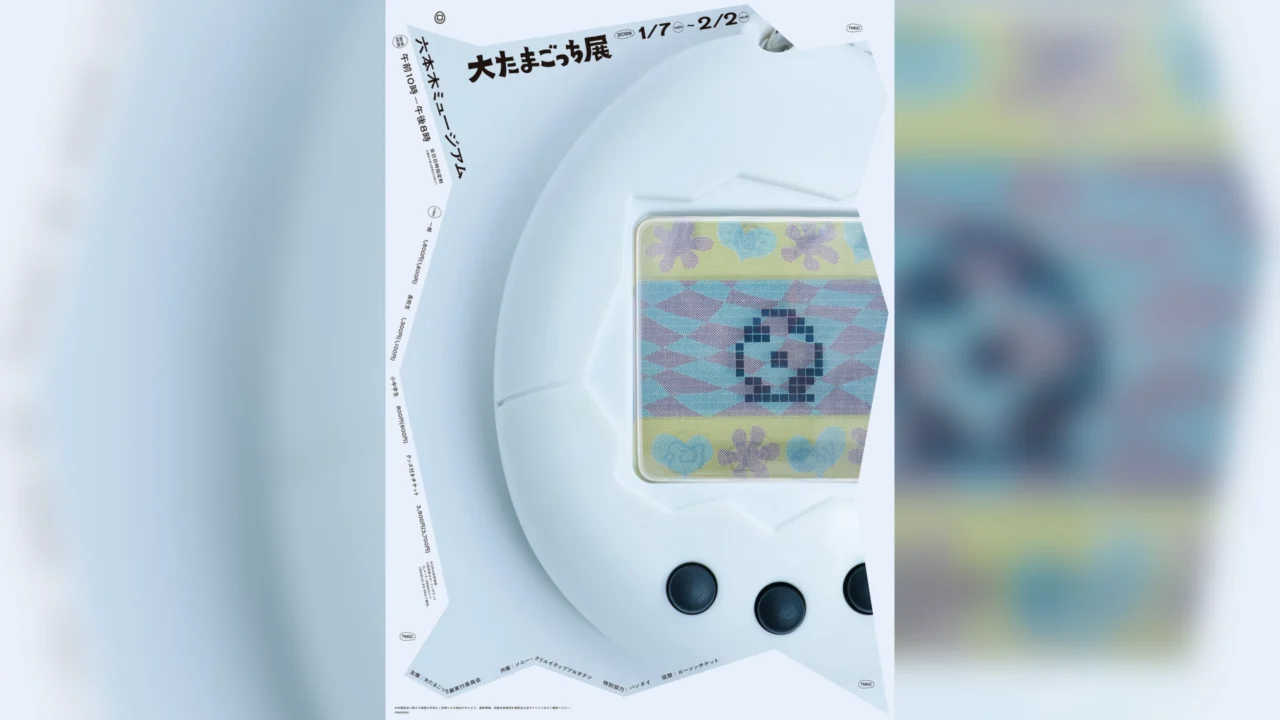INDEX
Avoiding the Transformation of Subjects into Convenient Narrative Characters
Did you watch many films as a spectator before you started shooting?
Oda: There was no habit of going to the cinema in my family or among my friends. I feel like my original experience with film came more from the making of Thus a Noise Speaks (2010) than from watching movies.2010) than in viewing.
That’s the film you directed as your graduation project at Hollins University, right?

Oda: Thus a Noise Speaks was a project I shot after a teacher advised me, “If you don’t know what to shoot, capture the most conflicted aspect of your life right now.” In that, I communicated my sexual orientation and gender identity to my family. But once that chapter seemed closed, I felt like there was no more message within me that I wanted to convey.
At that point, I could have stopped making films. However, through the production of Thus a Noise Speaks, I confronted the violent potential of the camera, while also sensing its potential as a communication tool. I began to think that maybe I should hold on to that possibility a little longer.
Even if I had no message to express personally, I started to shift my perspective, realizing that I could use film to explore unfamiliar worlds or things I wanted to understand but couldn’t.
How did your personal filmmaking style evolve after that? Your films often feature the camera moving freely in all directions, and there are many poetic and abstract scenes. Watching them, I get the sense that the film is challenging the audience, asking, “How do you feel about this?” in a positive way.
Oda: When I’m filming, my focus isn’t so much on how I want to shoot, but more on the ethical question of how to use the camera without intentionally causing harm to the subject. This way of thinking started after I had the experience of directing Thus a Noise Speaks and turning the camera on my own family.
I’m curious to hear more about the ethics of using the camera. In your past work, what specific considerations did you have?
Oda: For example, in ARAGANE (2015), there was a moment when the subject briefly mentioned labor conditions. I made a conscious effort not to consume that information or pretend to understand it.
Oda: When it comes to coal mines, the common topics that come up are often “dangerous jobs” or discussions about how harsh the working conditions are. I started to wonder if that’s what I originally thought as well. If the goal is to convey the labor environment, then that’s fine, but if you try to capture it with a voyeuristic mindset when that’s not the intent, I think it ultimately backfires.
I believe there are limits to what I can convey with the skills I have at that time. If I tried to push beyond that in the film, I think distortions would inevitably arise, both for me and for the subjects involved.
I make sure not to cut out topics that I can’t take responsibility for.
Oda: I’m conscious of not consuming or creating a narrative ourselves. The truth is, we don’t really know. Even if I’ve spent six months researching, I can’t understand the experiences of someone who’s worked there for 30 years. I made sure not to pretend I understood or spoke on their behalf. Moving forward, I think it’s important to consider whether I can truly take responsibility for the film as long as it’s being shown, even after I’m gone.

Editor Asai: Watching your works, I personally understand the sense of “not creating a story.” At the same time, I also believe that stories have a certain power. How do you perceive the line between these two?
Oda: I definitely believe that stories have power. I think that by fitting things into the structure of a story, some things can be communicated more effectively. While I’m conscious of not making it a narrative that suits my own convenience, I feel that, as part of a fictional element, borrowing the structure of a story might become more common for me in the future. Stories have a shared space, don’t they? I hope I can make good use of that.




